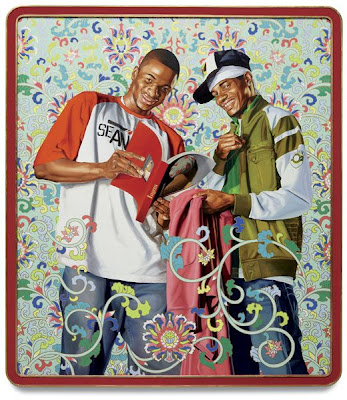Pluralism and the Treaty of Waitangi
In teaching week 5 you will discuss pluralism and the Treaty of Waitangi in your tutorials.
Use this discussion, the notes in your ALVC book and the internet to respond to the following
questions;
1. Define the term 'pluralism' using APA referencing.
2. How would you describe New Zealand's current dominant culture?
3. Before 1840, what was New Zealand's dominant culture?
4. How does the Treaty of Waitangi relate to us all as artists and designers working
in New Zealand?
5. How can globalization be seen as having a negative effect on regional diversity in New Zealand in particular?
6. Shane Cotton's paintings are said to examine the cultural landscape. Research Cotton's work 'Welcome'(2004) and 'Forked Tongue' (2011) to analyze what he is saying about colonialization and the Treaty of Waitangi.
'Welcome' (2004) Shane Cotton
http://www.printsandprintmaking.gov.au/catalogues/work/52293/shane-cotton-welcome.aspx
'Forked Tongue'(2011) Shane Cotton
http://www.nbr.co.nz/article/shane-cotton-paintings-examine-cultural-landscape-126412
7. Tony Albert's installation 'Sorry' (2008) reflect the effects of colonization on the aboriginal people of Australia. Research the work and comment on what Albert is communicating through his work, and what he is referring to. Describe the materials that Albert uses on this installation and say what he hopes his work can achieve. Define the term 'kitsch'.
8. Explain how the work of both artists relates to pluralism.
Tony Albert | Australia b.1981 | Girramay people | Sorry 2008 |
Found kitsch objects applied to vinyl letters | 99 objects :
200 x 510 x 10cm (installed) | The James C Sourris Collection.
Purchased 2008 with funds from James C Sourris through the
Queensland Art Gallery Foundation | Collection: Queensland Art Gallery
www.youtube.com/watch?v=6afMy0rlqq8











